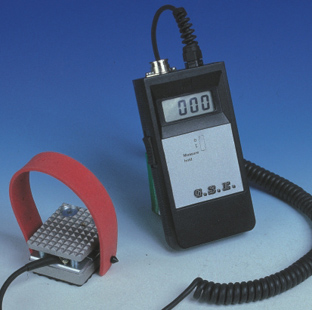Please, this is not about who’s right or not, it’s supposed to be an engineering based discussion…
In another thread people state that having an Effort Reduction Kit (ERK) does not negatively impact the length of the slave throw. I think it does. Unless the clutch pedal as a result of the ERK moves longer. Does it? Who had installed ERK and had a clutch pedal sitting higher when not in use than before?
Here’s the physics part: It’s all about length/arm/force. If you move the clutch pedal a certain length, the gearing of the pivot point and the swept area in the master and slave all determine the throw length. An ERK can only make your effort seem less if it moves less fluid. It’s not physically possible to engineer a mechanical contraption that for the same length of clutch movement will either:
-Move slave more at same effort
-Reduce effort needed to move slave the same length
If it was possible, you could construct a perpetual motion machine.
However, the above is only true if the ERK doesn’t make the arc the clutch swings in bigger. That I don’t know. Does anybody know? BTW, how much does an ERK in fact reduce the effort? Is it -20%? -30%? I assume it’s noticeable? Who has tested on same clutch, before and after?
My guess would be that for the ERK to be felt it would have to be at least -25%. And I’m pretty certain that the clutch swing is not 25% longer, because that would make the clutch sit uncomfortably higher than the brake pedal. If I’m right in those two assumptions, it’s just not possible that the ERK delivers as much movement in the MC, ergo does having an ERK reduce slave throw and give less flexibility in adjusting the clutch.
Any engineers reading this, please?
Original Post


